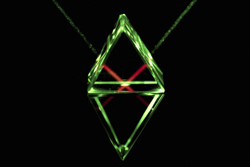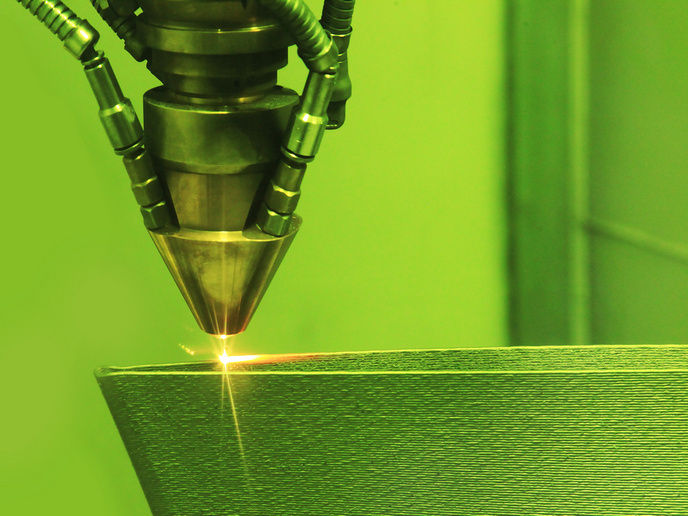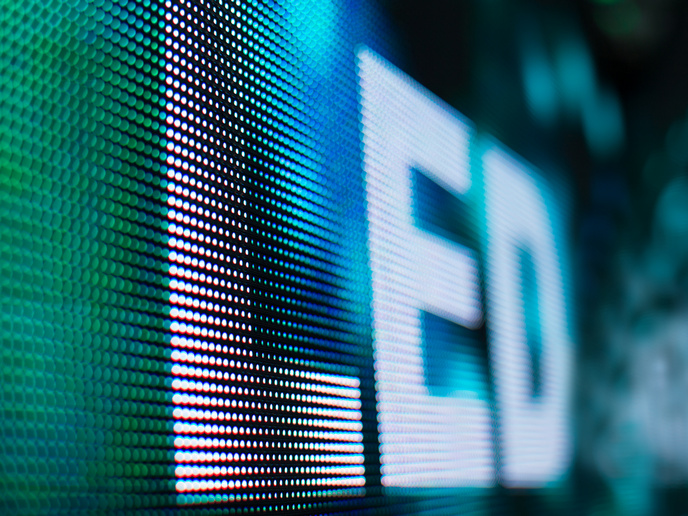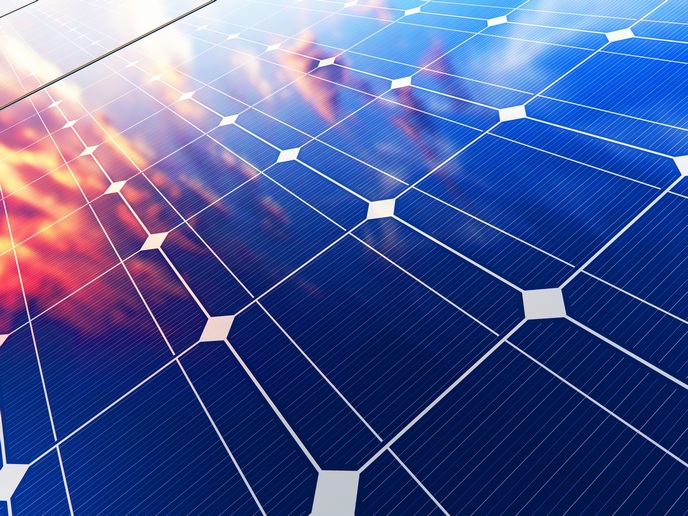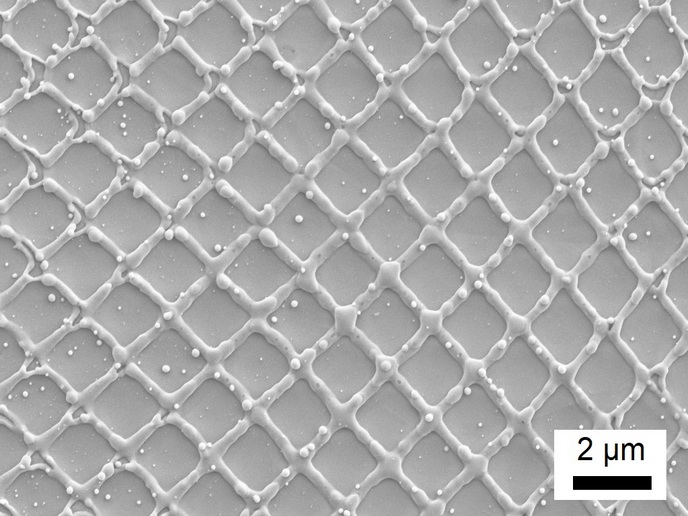Laser-matter interaction in glass
Optical glasses have become key materials for optoelectronic and photonic applications due to their relatively low cost and easy processability. Recent research has shown that applying femtosecond laser pulses to glass materials can produce three-dimensional patterns with nanoscale features. Yet, their origin is not clearly understood. The EU-funded project 'Extraordinary laser-induced excitations in glasses: analysis and theory' (ELEGANT) sought to bridge the gap between experimental findings of laser-induced glass modifications and theory through a comprehensive analysis. Focusing on bulk materials, scientists studied laser absorption up to microsecond timescale. To this end, they developed an opto-thermoelastoplastic model consisting of two parts. The first one describes the generated free electron plasma, whereas the second one describes the material elastic and deformative motion. Initially, scientists sought to shed further insight into volume nanograting formation in fused silica. They concluded that plasma waves are not responsible for periodic structure formation in the material volume, but rather ionisation-scattering instability. Thermophysical, optical and mechanical properties of different glasses and transparent crystalline materials were analysed. One type of glass was found to be suitable for nanograting imprinting. Furthermore, scientists found out that a pulse front tilt with ultrashort laser pulses accounts for laser writing anisotropy. Comparative simulations of laser energy absorption revealed that tilted pulses are strongly absorbed compared to non-tilted pulses. Simulations revealed a complex evolution of material density after swift laser heating, similar to that observed in experiments, causing the glass to be irreversibly deformed. This gave rise to a bubble formation scenario. At threshold regimes of bubble formation, matter reaches a melting point where its tensile strength drops by several orders of magnitude. The project team also developed a concept of laser-induced modification diagrams. These diagrams should match excited free electron energy and density for reaching different levels of heating in transparent materials. ELEGANT provided a more comprehensive description on the governing mechanisms of laser-induced material modifications. Project findings are opening new opportunities for developing microsystems with nanofeatures.



